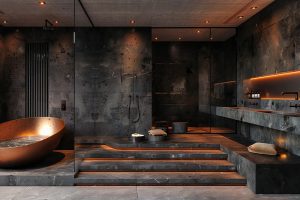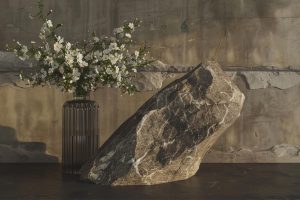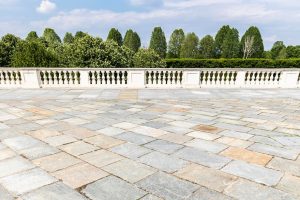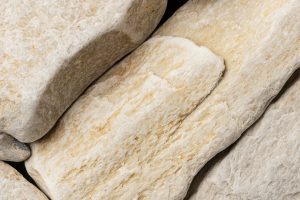Natural stone has captivated architects, designers, and homeowners for centuries. Its unique textures, colors, and durability make it a cornerstone of luxury and functionality. Among the many types of stone, basalt, onyx, and marble stand out for their distinct characteristics and wide-ranging uses. In this post, we’ll explore what makes each of these stones special and how to incorporate them into your next project.
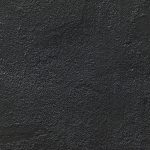
Basalt: The Strength of Volcanic Stone
Basalt is a fine-grained volcanic rock that forms when lava cools quickly on the earth’s surface. Its durability and sleek appearance make it a popular choice for modern design.
Key Characteristics:
- Color: Usually dark gray to black, with subtle variations.
- Texture: Dense and fine-grained, often with a matte finish.
- Durability: Extremely hard and resistant to wear, making it suitable for high-traffic areas.
Common Uses:
- Flooring and Paving: Ideal for both indoor and outdoor spaces, thanks to its non-slip properties.
- Wall Cladding: Adds a sleek, contemporary look to buildings.
- Countertops: A durable and unique alternative to granite or quartz.
Design Tip:
Pair basalt with lighter materials like wood or white walls to create contrast in minimalist or industrial designs.
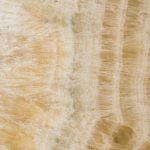
Onyx: The Translucent Jewel of Stones
Onyx is a semi-precious stone known for its translucence and vibrant colors. Unlike basalt’s understated appeal, onyx is all about making a statement.
Key Characteristics:
- Color: Comes in a wide range of colors, from creamy whites to deep greens and fiery oranges, often with dramatic veining.
- Transparency: Can be backlit to highlight its natural beauty.
- Softness: Softer and more delicate than basalt or marble, requiring careful handling.
Common Uses:
- Accent Walls: Onyx slabs create a stunning focal point in any room.
- Bar Tops and Vanities: Its translucent quality adds luxury to intimate spaces.
- Lighting Features: Often used in backlit panels for an ethereal effect.
Design Tip:
Use onyx sparingly as an accent to avoid overwhelming the space. Its bold appearance pairs beautifully with metals like gold or brass.
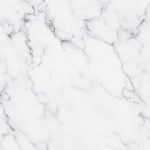
Marble: Timeless Elegance and Versatility
Marble has been synonymous with luxury for centuries, gracing everything from ancient sculptures to modern interiors. Its timeless beauty and versatility make it a perennial favorite.
Key Characteristics:
- Color: Available in classic whites, grays, and a variety of bold hues, often with striking veining.
- Texture: Smooth and polished for a refined look, though honed finishes are also popular.
- Durability: Long-lasting when properly sealed and maintained.
Common Uses:
- Countertops and Tables: A go-to choice for kitchens and dining spaces.
- Flooring: Adds elegance to foyers, bathrooms, and living areas.
- Sculptures and Art Pieces: A preferred medium for artists due to its workability.
Design Tip:
Mix marble with complementary materials like wood or metal to balance its luxurious feel with a modern aesthetic.
Choosing the Right Stone for Your Project
When deciding between basalt, onyx, and marble, consider the following:
- Functionality: For high-traffic areas, basalt’s durability makes it a practical choice.
- Aesthetic Impact: Onyx is perfect for dramatic, statement-making designs.
- Timeless Appeal: Marble offers a classic look that suits both traditional and modern styles.
Basalt, Onyx, and Marble: Final Thoughts
Natural stone like basalt, onyx, and marble brings unmatched beauty and value to any project. Each has its own unique qualities, allowing for endless creativity in design. Whether you’re aiming for durability, dramatic fair, or timeless elegance, these stones are sure to elevate your space.


